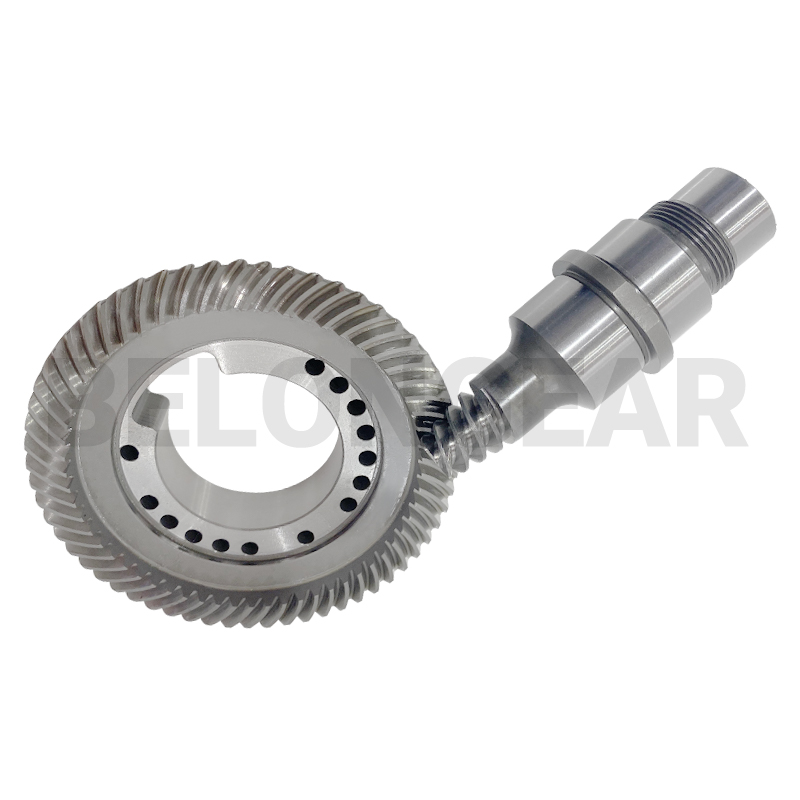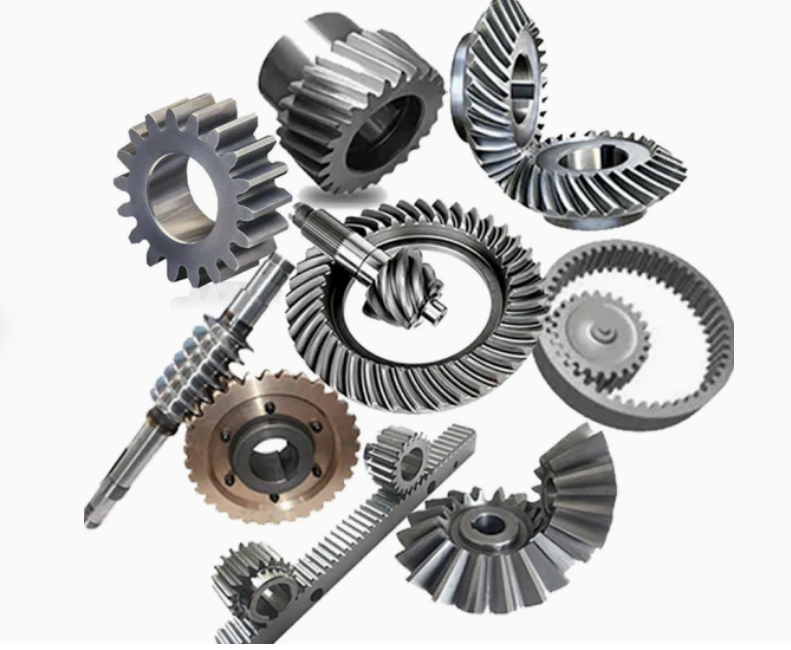Bevel gears are gears with cone-shaped teeth that transmit power between intersecting shafts. The choice of bevel gear for a particular application depends on several factors, including:
1. Gear ratio: The gear ratio of a bevel gear set determines the speed and torque of the output shaft relative to the input shaft. The gear ratio is determined by the number of teeth on each gear. A smaller gear with fewer teeth will produce a higher speed but lower torque output, while a larger gear with more teeth will produce a lower speed but higher torque output.

2. Operating conditions: Bevel gears may be exposed to different operating conditions, such as high temperatures, shock loads, and high speeds. The choice of material and design of the bevel gear should take these factors into account.
3. Mounting configuration: Bevel gears may be mounted in different configurations, such as shaft to shaft or shaft to gearbox. The mounting configuration may affect the design and size of the bevel gear.

4. Noise and vibration: Bevel gears can generate noise and vibration during operation, which can be a concern in some applications. The design and tooth profile of the bevel gear can affect the noise and vibration levels.
5. Cost: The cost of the bevel gear should be considered in relation to the application requirements and performance specifications.
Overall, the choice of bevel gear for a particular application requires a careful consideration of the above factors and a thorough understanding of the application requirements.
Post time: Apr-20-2023




